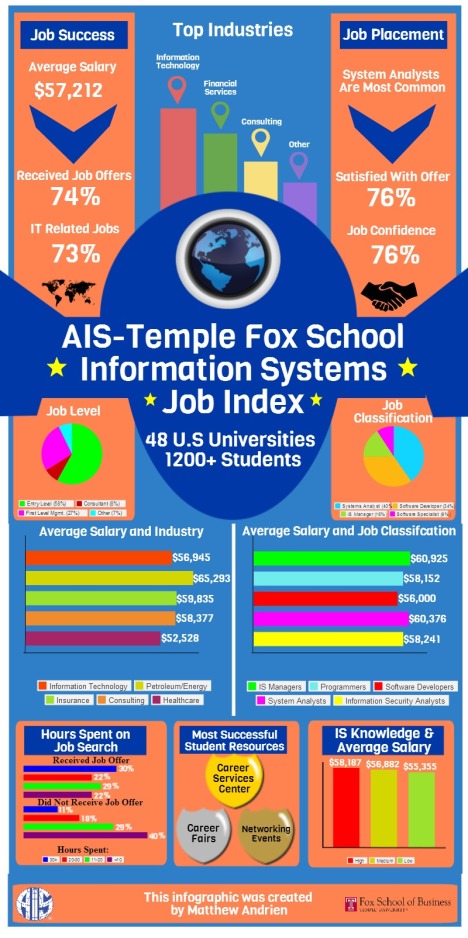About: Dictionary of Health Information Technology and Security?
Whither the Dictionary of Health Information Technology and Security? A simple query that demands a cogent answer!
There is a myth that all stakeholders in the healthcare space understand the meaning of basic information technology jargon.
In truth, the vernacular of contemporary medical information systems is unique, and often misused or misunderstood. It is sometimes altogether confounding.
Terms such as, “RSS”, “DRAM”, “ROM”, “USB”, “PDA”, and “DNS” are common acronyms, but is their functionality truly understood?
Computer technology and online security is also changing, and with its rapid growth comes an internal “lingo” that demands still more attention from the healthcare sector.
Legislation, such as the Health Insurance Portability and Accountability Act (HIPAA) of 1996, the Wired for Health Care Quality Act (WHCQA) of the Senate in 2005, the Health Information Technology Promotion Act (HITPA) of the House in 2006, and the National ePrescribing Patient Safety Initiative (NEPSI) of 2007 has brought a plethora of new phrases like “electronic data interchange,” “EDI translator,” “ANSI X-12” and “X12 277 Claim Status Notification Transactions” etc., to the profession.
Hence, healthcare informatics is now being taught in medical, dental, graduate and business schools as its importance is finally recognized.
Moreover, an emerging national Heath Information Technology (HIT) architecture; in the guise of terms, definitions, acronyms, abbreviations and standards; often puts the non-expert medical, nursing, public policy administrator or paraprofessional in a position of maximum uncertainty and minimum productivity.
Unfortunately, this opinion stems from the under appreciation of HIT as a prima-fascia resource that needs to be managed by others.
The Dictionary of Health Information Technology and Security will therefore help define, clarify and explain.
So too, embryonic corporate positions like Chief Medical Information Officer (CMIO) or Chief Medical Technology Officer (CMTO) continue to grow as hospitals, clinics and health systems become more committed to IT projects that demand technology savvy physician-executives.
Many medical errors can be prevented, and guesswork eliminated when the Dictionary of Health Information Technology and Security is used by informed cognoscenti as well as the masses.
The work contains more than 10,000 entries and code-names, with extensive bibliographic references that increase its utility as a useful tool and illustrated compendium.
Of course, authoritative linguistic sources like the Dictionary serve a vast niche. Electronic Health Records (EHRs) and e-prescribing has languished, and more than nine in ten hospitals have not yet implemented Computerized Physician Order Entry systems (CPOEs)*. And, HIT lags far behind other sectors in ease-of-use.
As an educator, my task is to help students, late-adopters and adult-learners understand key medical information concepts.
This daunting task is aided by the Dictionary as my charges use it, become more conscientious in their studies, and recognize its value as a tool for virtually every healthcare worker.
My suggestion is to use the Dictionary of Health Information Technology and Security frequently. You will refer to it daily.
I also recommend the entire Health Dictionary Series© by Dr. David Edward Marcinko and his colleagues from the Institute of Medical Business Advisors, Inc.
*Healthcare Informatics and The Leapfrog Group, Top Hospital List, January 2007, Volume 24, No 1, page 64, Skokie, Ill.
Richard J. Mata; MD, MS, MS-CIS
Certified Medical Planner™ (Hon)
Chief Medical Information Officer [CMIO]
Ricktelmed Information Systems
Assistant Professor Texas State University-San Marcos, Texas USA
Speaker: If you need a moderator or a speaker for an upcoming event, Dr. David Edward Marcinko; MBA – Editor and Publisher-in-Chief – is available for speaking engagements. Contact him at: MarcinkoAdvisors@msn.com
***
Dictionary of Health Information Technology and Security [Paperback]
|
||
|
|
||
Filed under: Book Reviews, Information Technology |




















Ann and/or Hope
New changes are exciting. I’m about to move from San Antonio, Texas to San Jose California. And, I hope to be working with Stanford in their Medical Informatics department and Radiology program. I should be writing a book on Neurolinguistics; too!
Let me know if you have any interesting projects.
Sincerely,
Rick Mata, M.D.
LikeLike
Clinical Informatics Wins Official Recognition
Richard – Did you know that clinical informatics is now considered a medical subspecialty, a milestone for HIT executives and tech-savvy physicians alike!
http://www.informationweek.com/news/healthcare/leadership/231602059
And, the University of Michigan Medical School will begin training the next generation of HIT pros to translate clinical research into bedside therapy.
http://www.informationweek.com/news/healthcare/leadership/231601951
Of course, this is a Health 2.0 concept that we have been promoting for years, haven’t we?
Dr. David Edward Marcinko, MBA CMP™
[Founder and CEO – iMBA Inc Communications Group]
Atlanta, GA
LikeLike